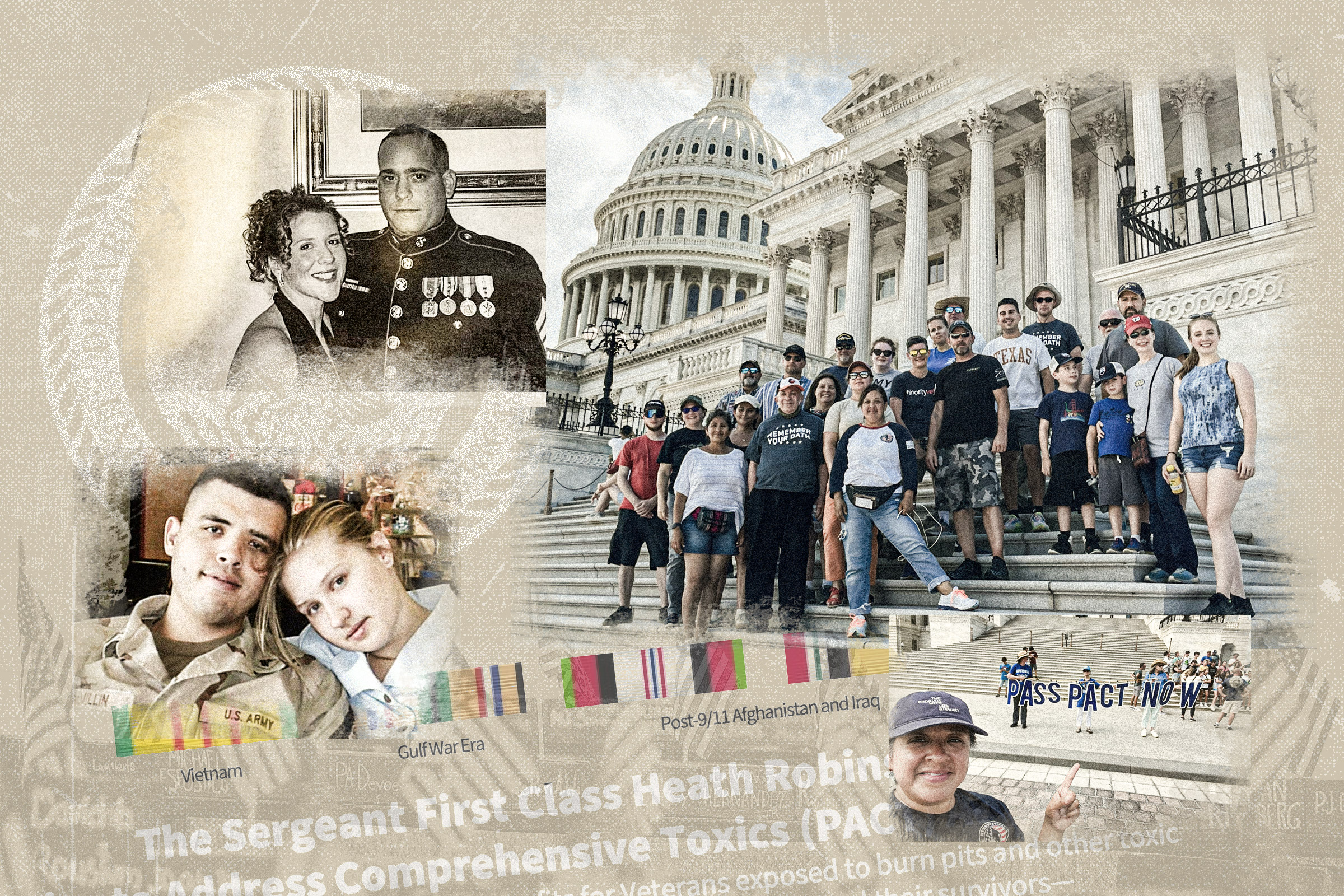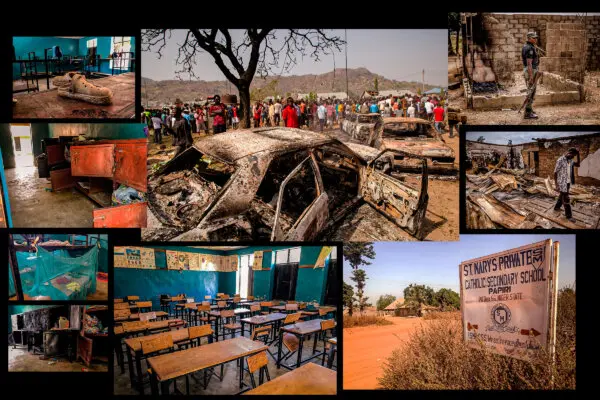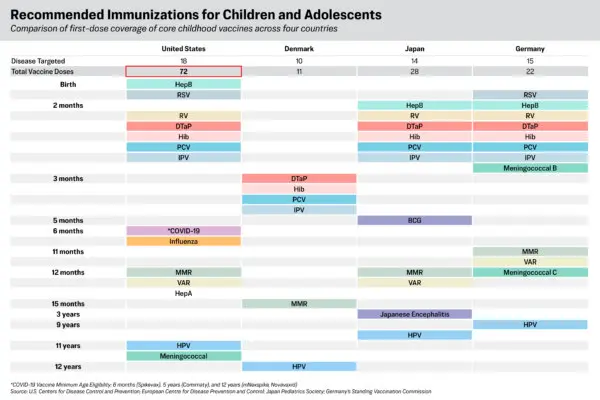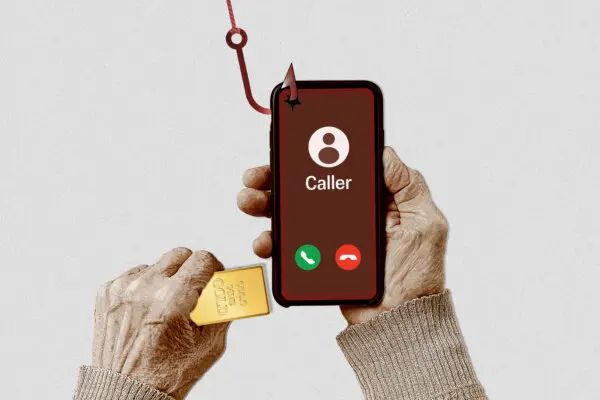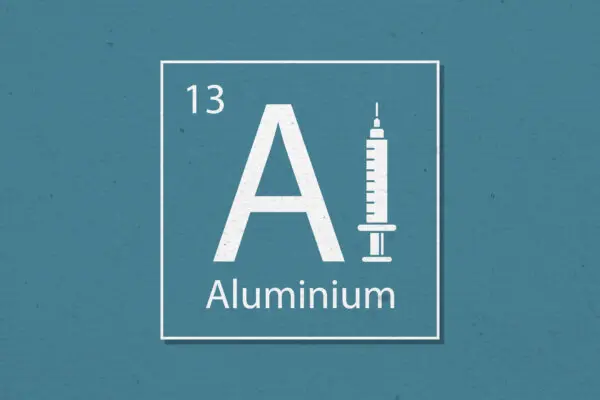It’s been nearly five years since Gina Cancelino lost her husband—U.S. Marine Gunnery Sgt. Joseph Cancelino—to his battle with cancer.
She, like many other military spouses and family members, struggled to understand what caused her husband’s illness when it first manifested. Eventually, they began to realize it likely had to do with the open-air burn pits the U.S. military used for years to dispose of plastics, electronics, refuse, and medical waste during deployments throughout the Middle East and parts of Africa.
